Ed’s note: We’re excited to republish this first post from the Anthill, recently launched by Alec Ash, whose previous project was the excellent blog Six. Describing itself as a “writer’s colony,” the Anthill seeks narrative writing from and about China. Interested contributors are encouraged to email Alec (you can also follow @colonytweets or like on Facebook).
In this first piece, “A Thangka of Blood,” originally published November 11, Alec Ash sends a dispatch from Tibet that is devoid of politicization or sentimentality, one of the best that I’ve encountered. “In particular I dislike the term self-immolation, which is widely used,” he writes. “’70 self-immolations’ does nothing to inspire the fitting emotional response, and as such is no better than Orwell’s vilified euphemisms. Call it what it is – killing yourself with fire.”

A thangka of blood
By Alec Ash
Dorjee Lhundup, a father of two in his mid-twenties, made his living painting the religious thangka scrolls – clouds, mountains and deities in bright reds, blues, whites and gold – that Rebgong county in the historical Tibetan province of Amdo is famous for. In death his charred body – he set himself alight last Sunday – was as colourful, wrapped in orange, violet and white khatas, the ceremonial scarf.
Kalsang Jinpa was eighteen years old when he went to Rebgong town’s Dolma square to kill himself, four days later. He opened a can of flammable liquid, poured it methodically over his face and body, and struck a match or lighter. The day before, Tamdin Tso, a young mother in a nearby township, siphoned petrol from a motorbike and did the same. No one knows if she did so calmy, quickly, in a panic – or what her last thoughts were, or what it felt like when the flames ate her flesh.
As the number of Tibetans who have suicided in this way grows – 70 by one count, after today’s – it is easier for the individual meaning of each act to be lost in the wider story. It’s the old saw: one death is a tragedy, a million is a statistic. In particular I dislike the term self-immolation, which is widely used. “70 self-immolations” does nothing to inspire the fitting emotional response, and as such is no better than Orwell’s vilified euphemisms. Call it what it is – killing yourself with fire.
Rebgong was one of the first places I ever went to in China (in the summer of 2007, I taught English in a village up the valley). Last week, I was back there again. I walked Dolma square – a wide grey jigsaw of stones with a stupa in the middle – just two days before it became so bloody, which made the news even more harrowing as I read it. But there is no stretch of imagination, whether you know Tibet or like to chant “Free Tibet”, that can give you empathy of such a thing.
The motivation behind such desperation is in respects unfathomably personal, and statements by the Tibetan government in exile that the causes are “self-evident” (“political repression, economic marginalisation, environmental destruction and cultural assimilation”) cheapen the act, which some would call brave and others cowardly. I do not share his belief in resurrection, but I find it especially disturbing that the Dalai Lama has not spoken out again these suicides, which would without doubt all but end them. No price is too dear for that.
Alec Ash is a writer and freelance journalist currently living in Beijing. He is the founder of the Anthill.





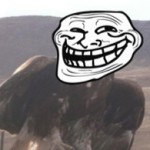

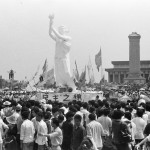
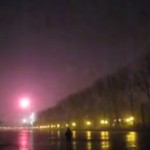
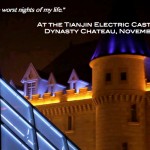









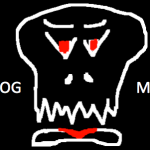


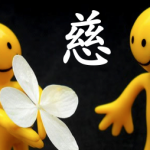















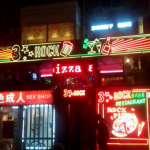


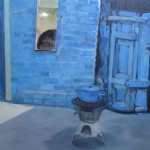

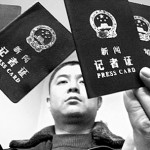

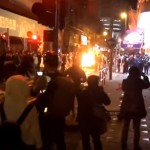

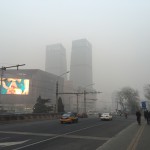

Great idea for a website. Why the long gap between posts?